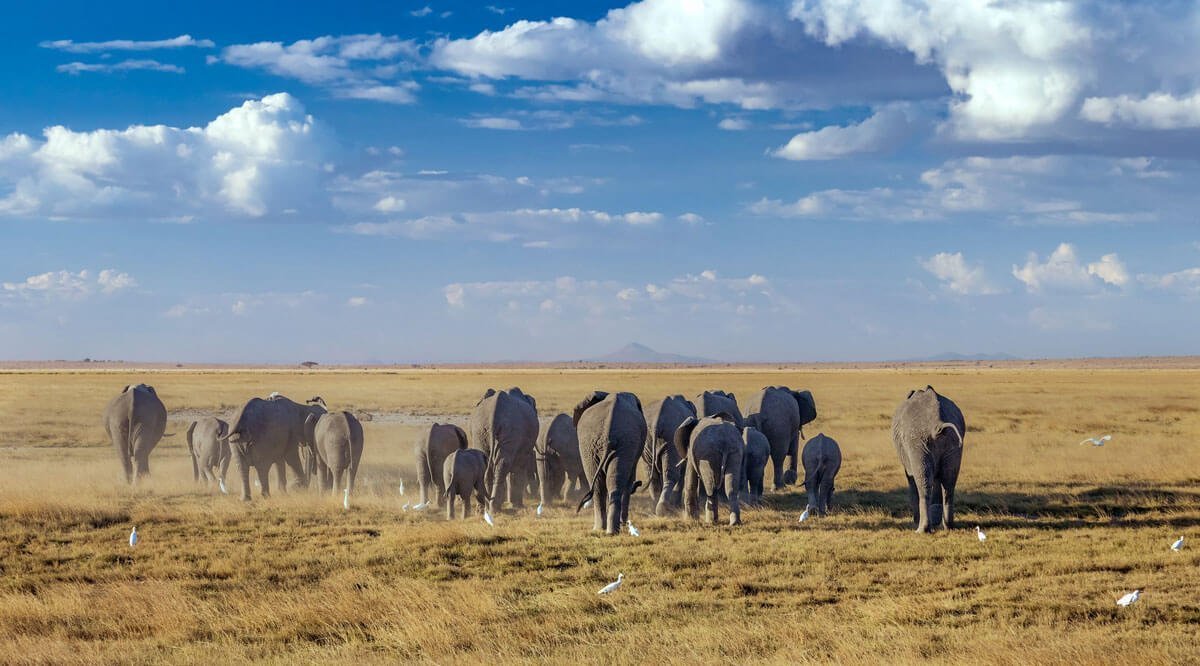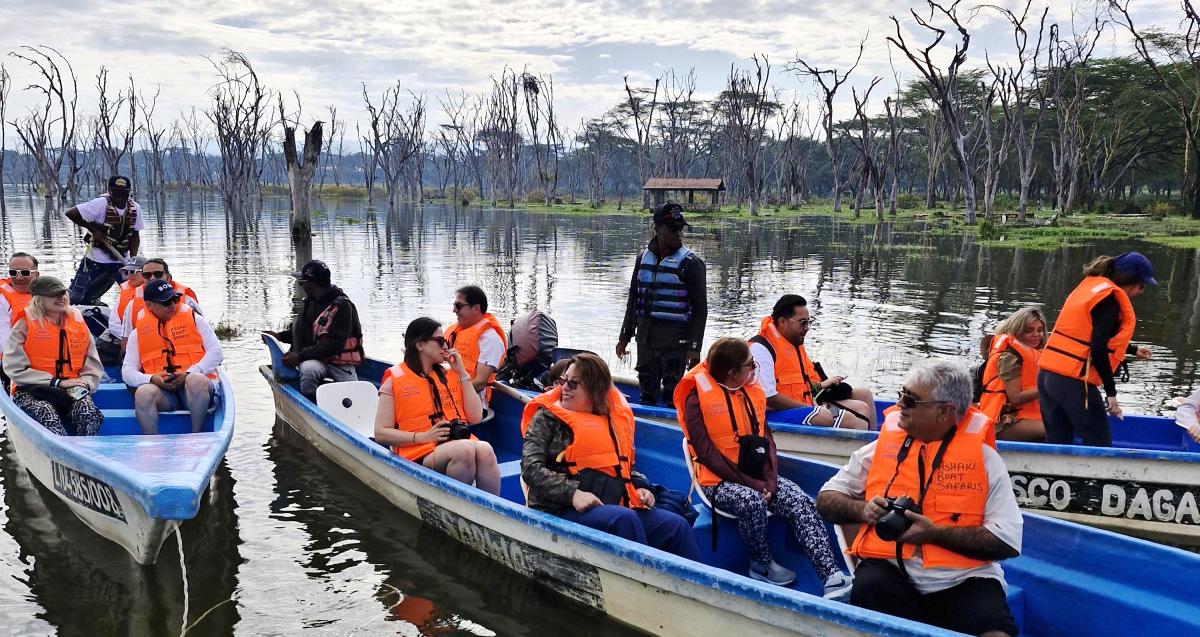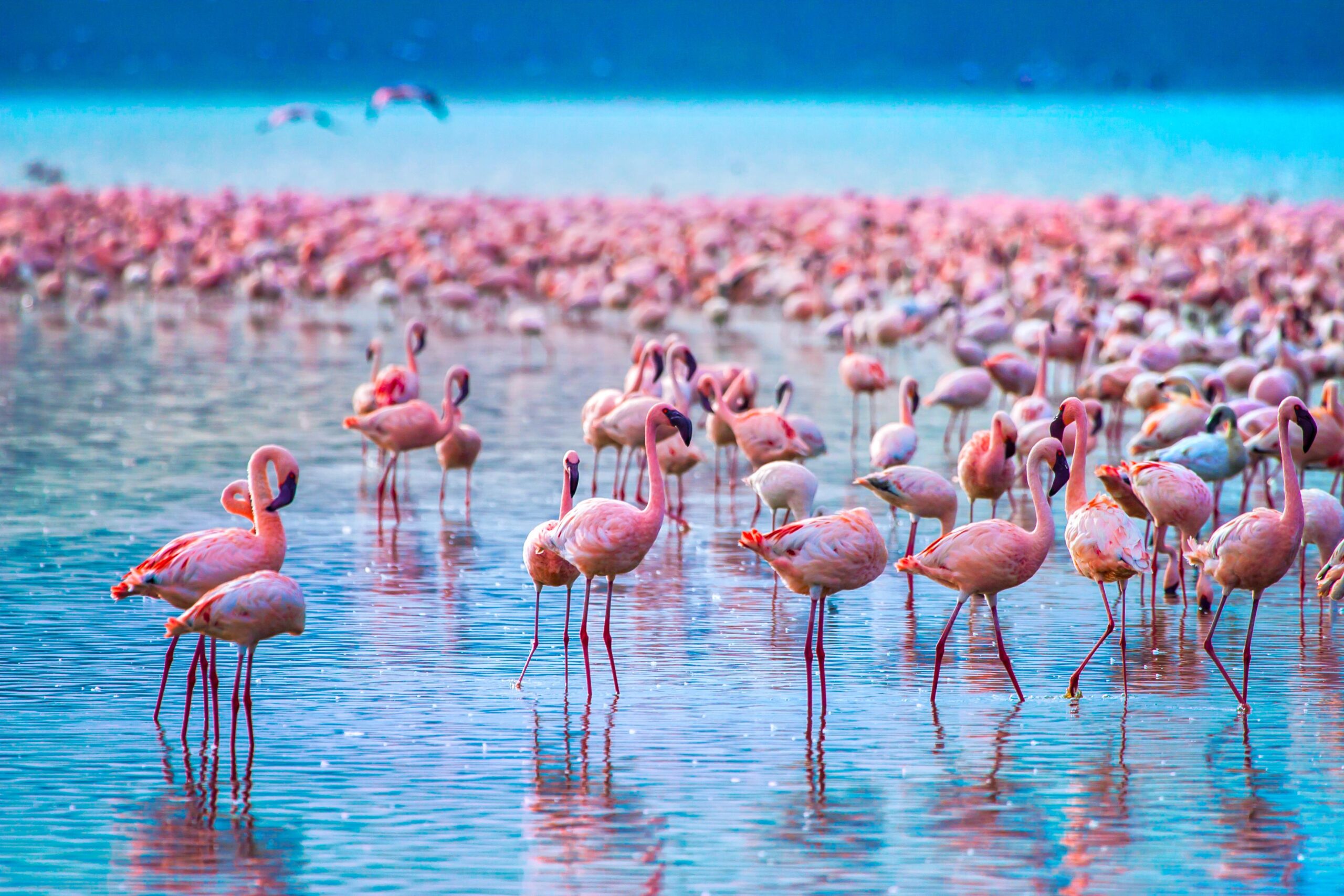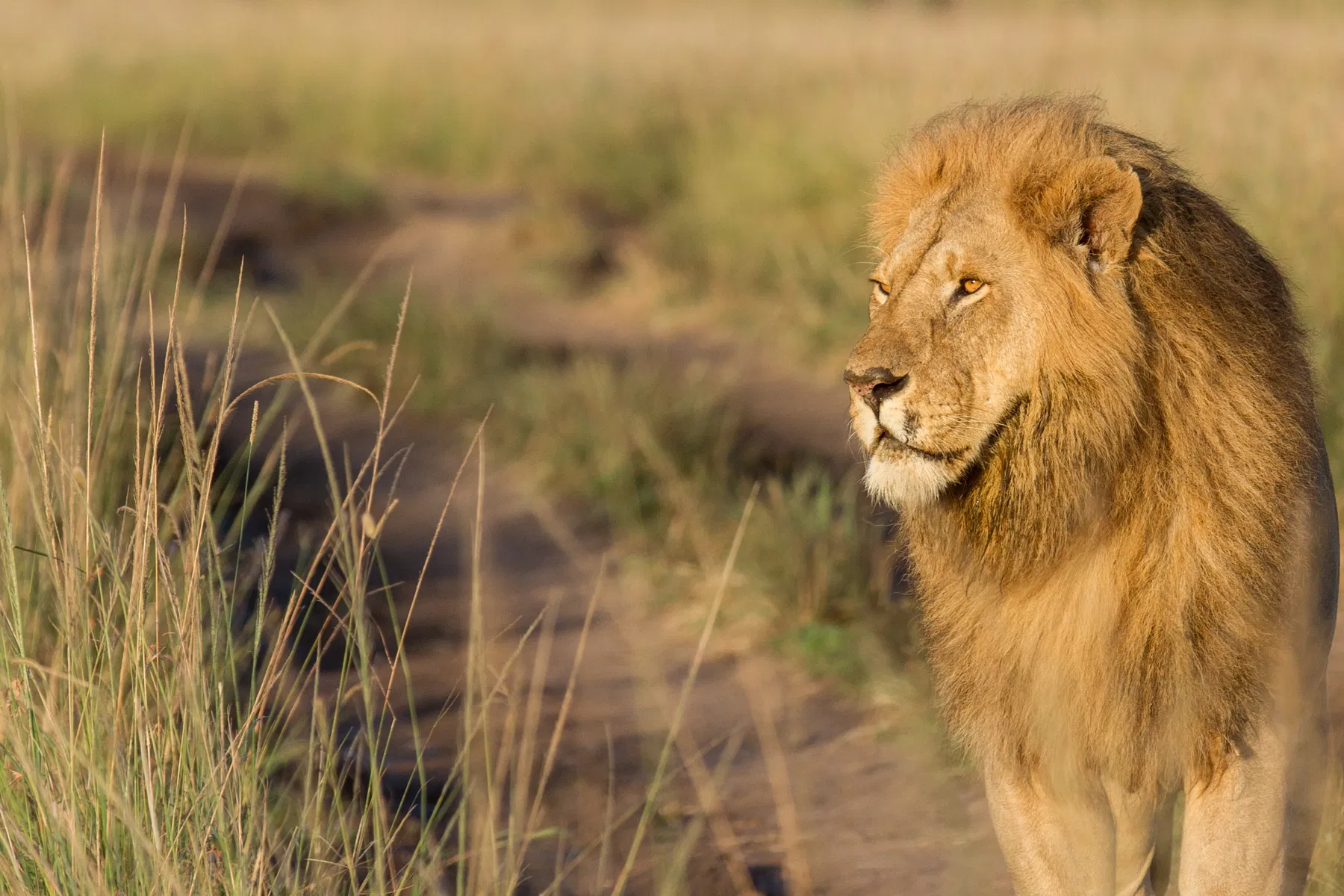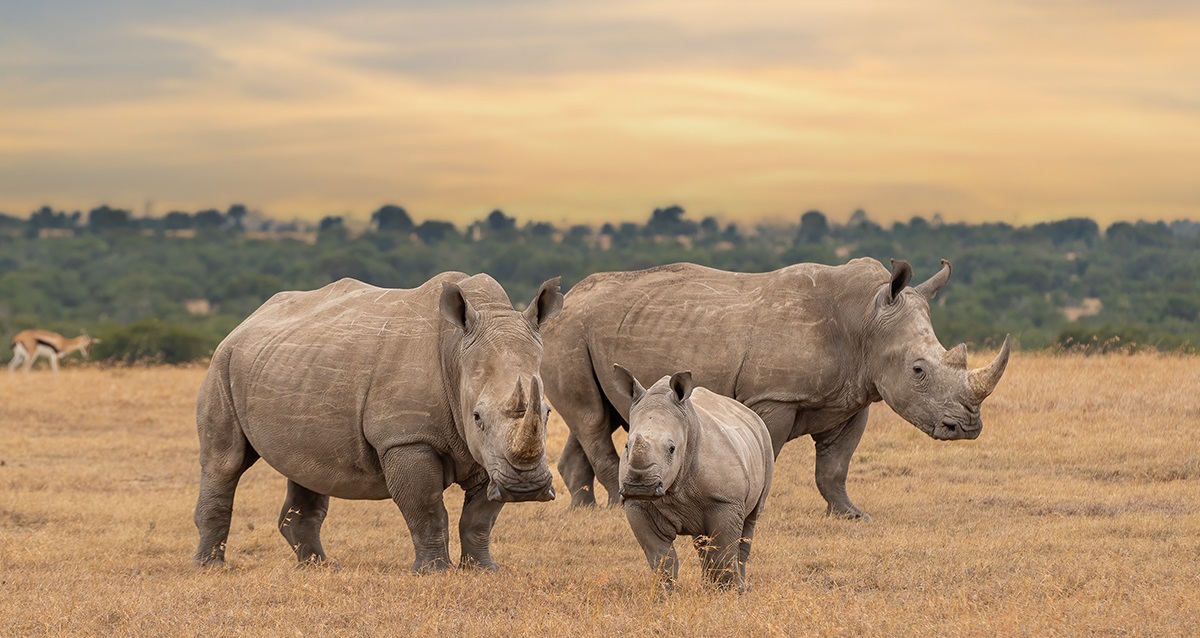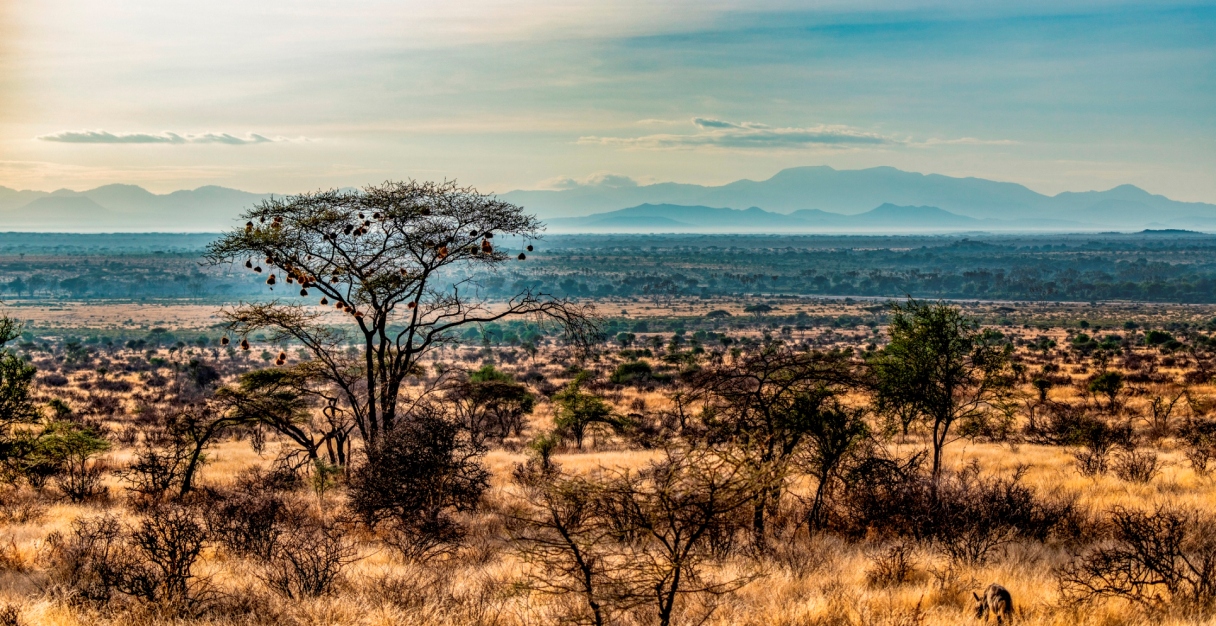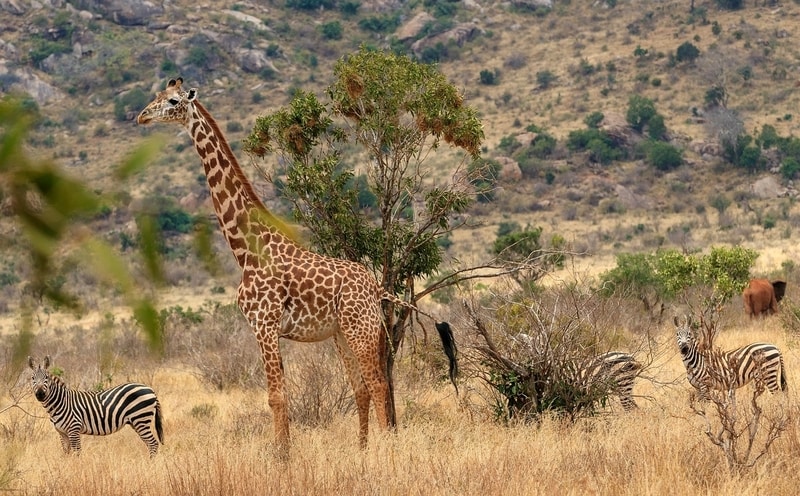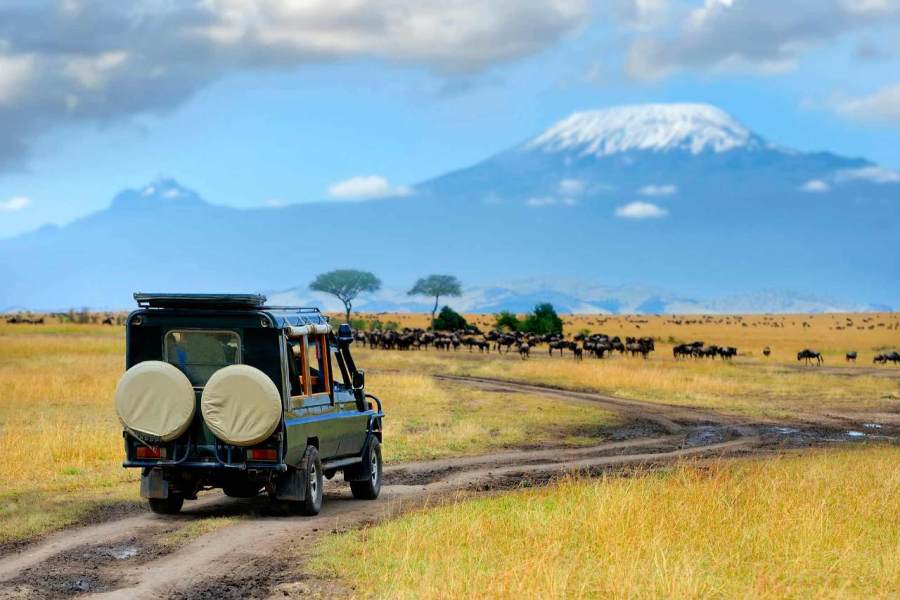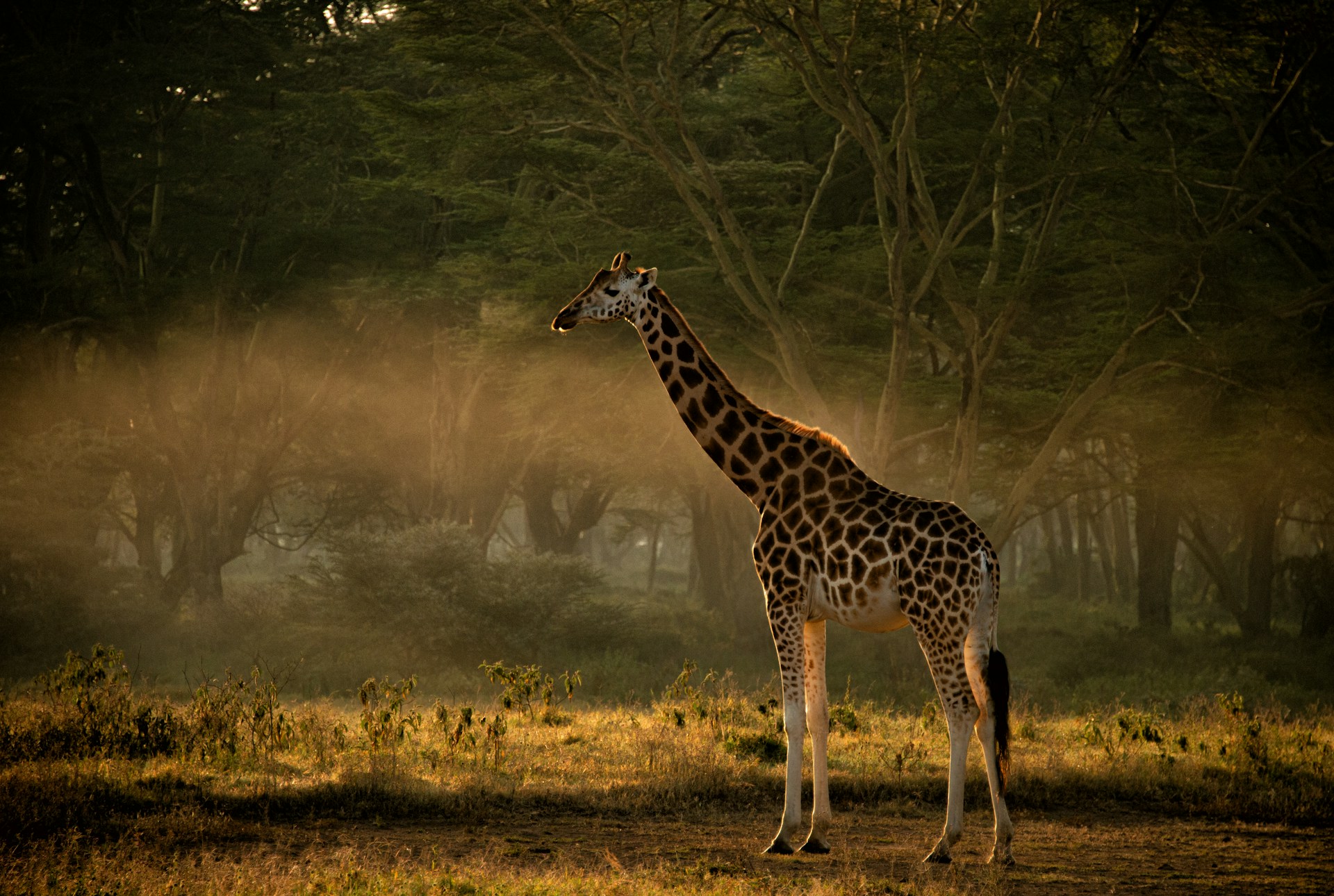Kenya is well known as one of the most profitable safari locations in Africa. It is gifted with beautiful landscapes, picturesque wildlife, and an ancient cultural heritage that attracts tourists.
The national parks and reserves in Kenya offer thrilling experiences throughout the year. From the famous Maasai Mara, lakes of Nakuru filled with flamingos, to the elephant charging grounds of Amboseli.
But when is the Best Time to visit Kenya’s National Parks?
Well, it depends on what you are after: Is it the Great Migration, wildlife, scenery, budget travel, or photography?
In this guide, we will explain the ideal times to visit Kenya’s premier national parks and reserves, what to expect during either side of the season, plus how to plan a safari that fits your interests.
Kenyan Seasons at a Glance
Kenya enjoys a tropical climate with two main seasons:
- Dry seasons include:
- Dry-cool season: June to October
- Dry-hot season: January to March
- Rainy seasons include:
- Long rains: April to May
- Short rains: November to Early December
Each season opens different avenues for safari viewing opportunities and nature photography, budget travel, and so on.
-
Maasai Mara National Reserve
The best time to visit this reserve: July to October (During the Great Wildebeest Migration from Serengeti to Maasai Mara)
Budget time to visit this reserve: January to June, November
Why Go to Maasai Mara National Reserve?
- The Big Five exist here
- Iconic river crossing due to the Great Wildebeest Migration
- Excellent game viewing any time of the year
Travel Tip: While the Great Migration occurs from July to October, you can enjoy off-peak rates with fewer crowds from January to March during calving season.
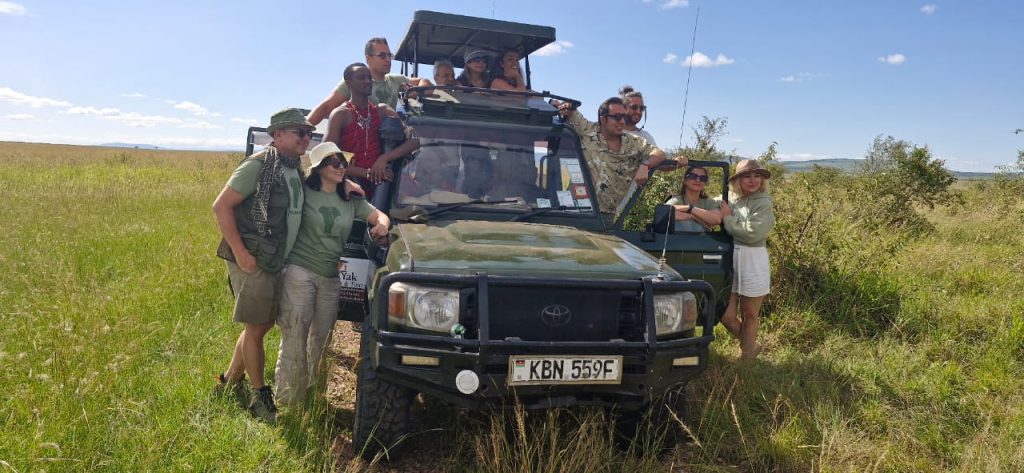
-
Amboseli National Park
The best time to visit this park: January to March and June to October
Why visit Amboseli National Park?
- Known for high numbers of elephants
- Grand views of Mount Kilimanjaro
- Great chances to spot predators and plains game
Travel tip: Very early mornings on clear days are great for amazing views, especially in January and February, before the clouds start rolling in.
-
Lake Nakuru National Park
The best time to visit this park: May to March
Why visit Lake Nakuru National Park?
- Famous for flamingos and pelicans
- Rhino sanctuary (both black and white rhinos)
- Great for birdwatching with over 400 species
Travel Tip: Excellent birdlife can be found throughout the year; however, January to March will offer excellent light for photographers, plus the crowds are less.
-
Samburu National Reserve
The best time to visit this park: June to October, January to March
Why visit Samburu National Reserve?
- It is home to special species like Grevy’s zebra, reticulated giraffe, and gerenuk.
- It is the Home of the “Samburu Special Five”
- Dramatic river scenery and authentic cultural experiences
Travel tip: Samburu is usually hotter and drier than other parks, so dry seasons are ideal. As much as possible, avoid April-May when the Ewaso Nyiro River floods.
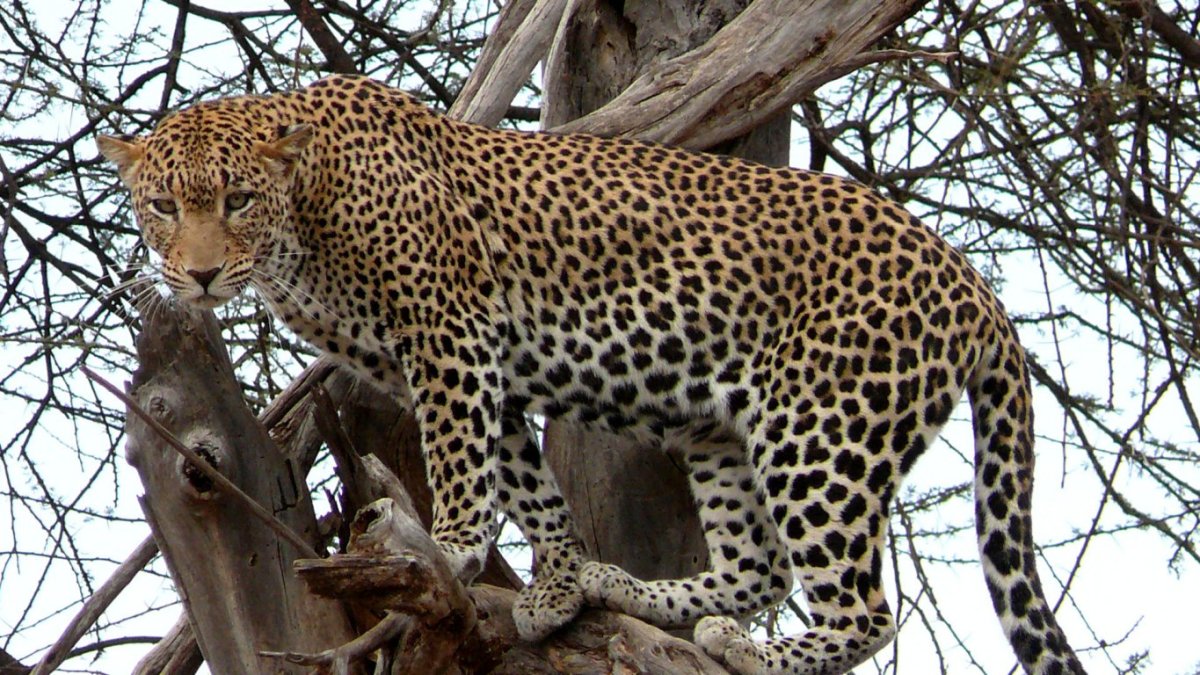
-
Tsavo East & Tsavo West National Parks
The best time to visit this park: June to October, January to March
Why visit these parks?
- Tsavo East is great for open country and “red elephants.”
- Tsavo West boasts volcanic hills and Mzima Springs.
- It is less crowded than the Maasai Mara or Amboseli
Travel tip: These parks are enormous. Dry season wildlife viewing is easier when they congregate near water. If possible, avoid the long rains (April-May) as roads may be impassable.
-
Nairobi National Park
The best time to visit this park: June to October, January to March
Why visit Nairobi National Park?
- It is the only wildlife park in a capital city with lions, rhinos, and giraffes.
- It is ideally situated close to Nairobi airport for quick day safaris.
- Perfect for short stopovers or family holidays
Travel tip: Early morning game watching is optimal when the sun has not yet risen. Skip holidays when it is packed with domestic tourists.
-
Mount Kenya National Park
The best time to visit this park: January to March and June to October
Why visit Mount Kenya National Park?
- Toward hiking and mountaineering
- Wildlife including elephants, buffalo, monkeys, and strange birds
- It has stunning alpine scenery and glaciers
Travel tip: The dry months are safer for trekking and offer better mountain views. Pack for cold nights even during dry months.
-
Aberdare National Park
The best time to visit this park: January to March, June to October
Why visit Aberdare National Park?
- Dense forest with elephants, leopards, and threatened species
- Treetop lodges with floodlit waterholes at night
- Waterfalls and misty mountain scenery
Travel tip: It is usually chilly and humid all year round, so remember to pack warm gear. The dry season is less muddy and offers better visibility.
-
Lake Naivasha & Hell’s Gate National Park
The best time to visit this park: All year round, especially January to March, June to October
Why visit Lake Naivasha and Hell’s Gate National Park?
- Boating in Lake Naivasha for hippo and bird watching
- Hike or bike through the animals in Hell’s Gate
- Best near Nairobi — great for weekend getaways
Travel tip: If possible, avoid it during the heavy rains in April and May if you plan to hike or bike at Hell’s Gate.
-
Ol Pejeta Conservancy
The best time to visit this conservancy: January to March, June to October
Why visit Ol Pejeta Conservancy?
- The last two northern white rhinos on the planet
- Best Big Five sightings in a private, well-maintained conservancy
- There are unique activities like the chimpanzee sanctuary, horse safaris, and night game drives
Travel tip: Ol Pejeta Conservancy is great at any time, but dry seasons make it easier to spot wildlife. This is most recommended for tourists.
From January to March, it is usually less visited, with accommodation deals regularly on offer.
Always pre-book for special activities like lion tracking or behind-the-scenes conservation tours.
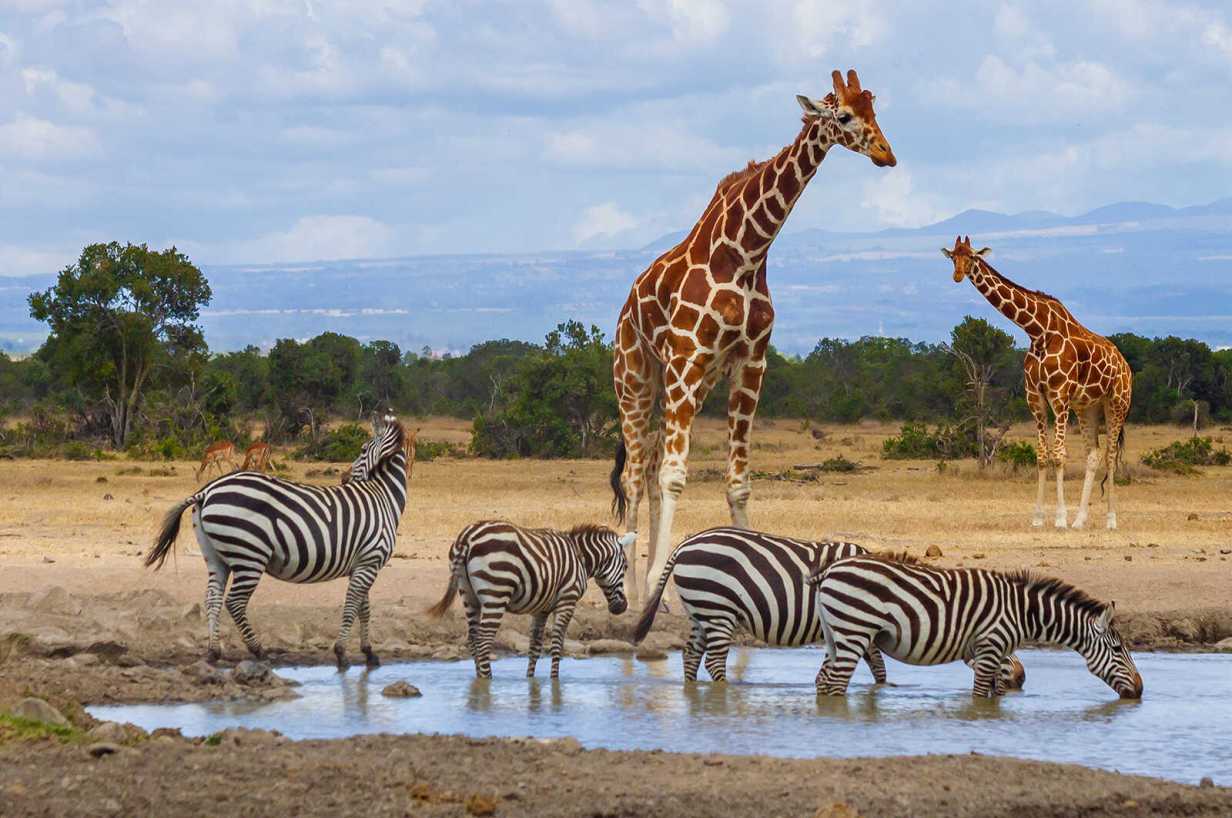
Month-by-Month Breakdown: Best Time to Visit Kenya’s Parks
| Month | Weather | Wildlife | Budget Friendly? |
| January | Hot and dry | Excellent, calving season | Yes |
| February | Hot and dry | Great for predators, photography | Yes |
| March | Short rains start. Still good, green landscapes | Moderate | Moderate |
| April | Long rains begin | Less reliable wildlife sightings | Extremely budget-friendly |
| May | Peak long rains | Green landscapes, some road restrictions | Extremely budget-friendly |
| June | The dry season begins | Game sightings improve | Slightly more expensive |
| July | Cool and dry | Wildebeest migration begins in the Mara | High season |
| August | Cool and dry | Best months for the Great Migration safari | High season |
| September | Dry with amazing sightings | River crossing and predator sightings | High season |
| October | Dry, start of short rains | End of migration, still amazing | Slightly more affordable |
| November | Short rains | Greenery returns, fewer crowds | Yes |
| December | Short rains end | Wildlife is still good, festive pricing starts | Moderate to High |
Kenya Park Entry Fees (2025 Guide)
Each national park has specific entry fees, but here’s the general breakdown:
| Category | Adults (USD) | Children (USD) |
| Non-residents | $60–$200 | $20–$100 |
| Residents (EAC) | KES 500–2,000 | KES 200–500 |
| Citizen (Kenyan) | KES 200–1,000 | KES 100–300 |
Note: The Maasai Mara National Reserve and Amboseli National Park charge additional fees, especially during the peak migration season (From July to October).
For budget travelers, it’s best to travel during the off-peak months when park charges are the same but tour and accommodation prices are much lower.
Tips for Planning Your Kenyan Safari
- Book early for July to October as it is the peak season during the wildebeest migration
- Travel as groups to save on 4×4 safari vehicles and guides
- Dress in layers: Dry seasons may be chilly in highlands and in the mornings
- Pack a refillable water bottle, camera, sun protection, and binoculars
- Bring rain gear and waterproof shoes during the green seasons
So, When Is the Best Time to Visit Kenya’s Parks and Reserves?
This will depend on your safari goals:
- To See Wildlife and the Big Five: July to October (the dry season)
- For Photography and scenery: January to March (the calving season)
- For Budget travel: April, May, November
- For Birding: November to April
- For Hiking & Climbing Mount Kenya: January to March, June to October
Kenya Awaits You Year-Round
Whether you’re tracking elephants in Amboseli National Park, watching flamingos dance on Lake Nakuru, or camping in the remote wilderness of Meru, Kenya’s national parks offer a variety of breathtaking experiences in every season.
By being aware of the best time to visit each park, you’ll enjoy richer safaris, better photos, and smarter spending. Nature doesn’t close, it simply changes form, and Kenya is beautiful in all of them.
